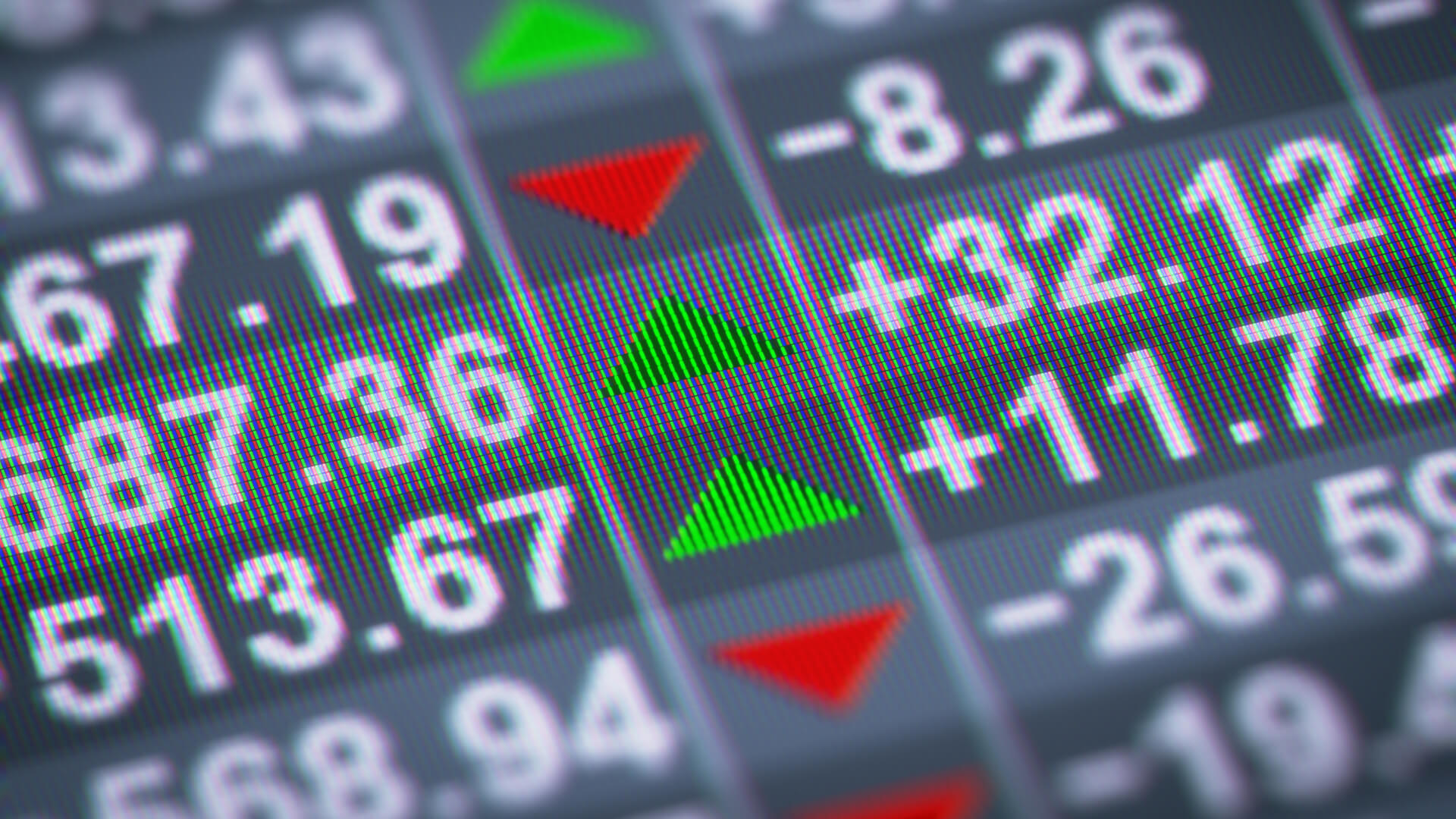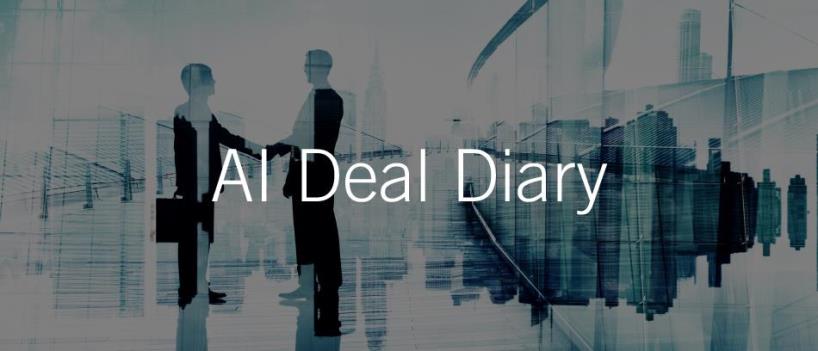
By James Withey, Executive Director EMEA at Siegel+Gale
Despite a challenging near year and a half for the world’s economy, Initial Public Offerings (IPOs) have increased globally. A flood of cash into the market coupled with a raft of selloffs have presented an opportunity for many businesses to capitalise. And while many IPOs have garnered success, some have disappointed, and others have just been downright ugly. Here is our list of the good, bad and ugly recent IPOs.
The Good
Despite tepid US-China relations, XPeng Motors, the Alibaba-backed electric vehicle (EV) auto brand launched one of the biggest IPOs of the year in August 2020; a quickly crowding mobility space. Although predicting the sale of 85 million shares at between $11 and $13 USD, the brand sold 99.7 million shares at $15 USD and closed at just over $21 USD in one day. But what has made this IPO, and others such as XPeng competitor Li Auto so successful?
The first is clearly the financial state, business outlook and potential returns. And rightfully so.
However, one aspect that’s often overlooked for the success of IPOs is brand positioning. One quick look at XPeng’s branding and you’ll quickly notice that it is not an EV brand focused solely on the environmental advantages of moving away from fossil fuel-powered machines. In fact, it screams innovation, high performance, technology, design; all of the attributes the true car-lover seeks. Where other brands show family day trips with happy children driving through the countryside, XPeng shows its P7 drifting around the racetrack.
XPeng sees the direction the world is going. That the days of petrol and diesel-powered engines are numbered. That battery technology is perpetually evolving, and infrastructure is becoming more common. However, more importantly, they realise that while environmental responsibility is on their customers minds, it may not be the sole reason they choose this brand.
Our recent research uncovered that new parents who would consider buying an EV, would do so for multiple reasons beyond the environment. While of course you will never convince every car enthusiast that a silent engine is as powerful and fun as combustion, it’s likely the next generation of drivers will be happy with the powerfully quiet.
Whether XPeng will be able to challenge Tesla in the US market or not remains to be seen. But this brand has defiantly thrown down the gauntlet to other EV brands looking to challenge in this space.
The Bad
GoHealth (the medicare-focused health insurance marketplace) had an IPO that hit with a bang when it raised $914m USD in July 2020. However, the celebrations were short-lived as the value dropped. It’s hard to pinpoint where this IPO went wrong when you look at how Lemonade, the general insurer, performed since its IPO. The financials appear to be sound with total revenue up by 72% by September of last year. The brand is solid and based on what feels like an authentic purpose; to improve access to healthcare in America. But is it uniquely different? It’s hard to see how GoHealth improves access more than many other competitors in the field. With a boost to the market from the recently signed American Rescue Plan, competition is fierce.
Whatever the reasons for this underwhelming performance post-IPO, GoHealth’s story appears to be far from over, and the brand needs to find its true differentiator to stand out in the future.
The Ugly
When a group of independent day traders on Reddit began to buy up one of the worst performing stocks, it drove the price to unexpected heights. It also uncovered a hole in the system never before exploited. While hedge funds were caught out on a short by Redditors, caught in the middle of the drama was online broker Robinhood, known for its desire to democratise the market.
Facing the impossible decision of either going out of business or pausing the ability of customers to buy Gamestop stock, the Robinhood brand took a major hit. With a plan to IPO later this year, how much damage this has caused the brand remains to be seen. However, it must be believed that by going against its brand purpose, many loyal customers and brand advocates will not support the brand as they once did, likely having a severe effect on the prospects for the IPO.
For a brand that had likely seen its platform used in a way it had not initially intended, a decision was forced on the leadership to try and steer a course to save the company. The question that remains is does the brand have the resilience to weather another storm of ‘democratised’ investors.
More recently still, Deliveroo has been guilty of a particularly ugly IPO launch with CNN reporting that: “London’s biggest IPO since 2011 was an unmitigated disaster. The stock plunged when trading started on Wednesday, and the shares eventually closed 26% below their listing price, wiping almost £2 billion ($2.8 billion) off Deliveroo’s initial market capitalization. The stock lost another 1.9% on Thursday. The opening day performance marks the worst London debut for a major IPO in at least two decades, according to data provider Dealogic. One of the company’s bankers told the Financial Times that it was “the worst IPO in London’s history.”
Why was this? Well, a host of reasons were offered, including pricing, timing, uncertain business prospects, concerns over how the company treats workers and increased regulatory risks facing gig economy companies. Indeed, it’s yet further proof that a company’s brand and the success of its IPO launch are inextricably linked. Success in these trying times is possible – but it’s not without its potential pitfalls.




















